Polytetrafluoroethylene (PTFE), commonly known as the Teflon brand, is a synthetic fluoropolymer thermoplastic that can be used in a range of applications, from non-stick pans to medical devices.
Teflon is resistant to chemicals and remains stable even at high temperatures. Despite its mediocre mechanical properties, Teflon is a popular material in many special applications.
Just like a nonstick pan, it is sometimes used as a coating instead of a substrate, and there are several manufacturing methods. One of the best ways to manufacture Teflon parts is CNC machining.
This article focuses on the details of machining Teflon: its material properties, advantages of machining it, common applications, and so on.
1. What is PTFE?
Polytetrafluoroethylene is a thermoplastic and fluoropolymer of tetrafluoroethylene. A brand name for Teflon is Chemours, a sub-division of DuPont (now DowDuPont). Interestingly, this material was first discovered by mistake.
Carbon and fluorine are the only components of polytetrafluoroethylene, a white solid at room temperature. It is hydrophobic, has incredibly low friction, and is inactive because there is a very strong bond between carbon and fluorine, which is one of the strongest bonds in organic chemistry.
Because of its low friction, this is the only surface that geckos cannot attach to!
-Polytetrafluoroethylene is often used as a lubricant.
The melting point of PTFE is 327°C, and other material properties include strength, toughness and low-temperature self-lubrication.
2. Advantages of machining Teflon
PTFE machining has several advantages, including the inherent material advantages of PTFE and the advantages generated during machining. The material advantages of machining Teflon include:
- Chemical resistance
- UV/weather resistance
- Waterproof;
- Hydrophobic
- High impact strength
- Good electrical insulator
- Very flexible even at low temperatures
- Thermal stability is between -260°C and 260°C
- Very low coefficient of friction
- Low flammability
- Food safety
- Easy to clean
The technological advantages of machining Teflon include:
- Easy to process due to softness and density
- Excellent thermal stability to prevent deformation of parts and blockage of tools
3. Limitations of Machining Teflon
- High expansion coefficient
- Stress creep
- Difficult to achieve strict tolerances
- Poor mechanical properties
- Poor dimensional stability
- Risk of burrs due to soft material
4. Application of Teflon Machining
PTFE is not the most versatile material for CNC machining, but due to its ideal properties, such as thermal stability and low coefficient of friction, it has some important niche applications.
About half of the world’s PTFE is used for wire insulation, but the wiring and its insulation are not made with CNC machine tools. Another most well-known use of Teflon is for non-stick coatings on aluminium cookware; In this case, spray or roll liquid Teflon onto the etched metal surface.
Generally speaking, Teflon-lined cookware is not machined. Nevertheless, CNC machining is useful for manipulating solid PTFE. Teflon parts suitable for machining include industrial parts such as gears, bushings, fittings and valves.
Some commonly used CNC machining PTFE parts are used in medicine, food machining, science, aerospace and other industries, including:
- Valve
- Accessories
- Bearing
- Bushing
- Collecting tube
- Insulator
- Gear
- O-ring
5. Tips for Teflon Machining
The design of PTFE parts must be suitable for the performance of PTFE; It is not like ordinary processable thermoplastics, and it is not easily replaced by more common materials. Nevertheless, if both designers and mechanics take proper care and precautions, Teflon is suitable for various parts.
The achievable tolerance for Teflon parts is about 0.13 mm-tighter than this may be difficult, without stress relief materials ahead of time. When CNC machining PTFE, very sharp tools combined with water-soluble coolants, such as pressurized air and spray, can produce the best surface finish and tolerances. Non-aromatic coolants are also better.
Another key consideration in machining Teflon is deburring. Because PTFE is so soft and even fine, sharp cutting tools can produce bad marks and require post-machining. Common surface treatment techniques, such as sanding, can be used to remove burrs, although more advanced methods include refrigerating machine-processed Teflon to make it less soft during deburring.
Checklist:
- Use very sharp cutting tools
- Use a lot of water-soluble coolants
- Aim for moderate to relaxed tolerance
- Plan ahead of time for deburring strategies
6. Alternatives to PTFE
For practical or budget reasons, materials similar to Teflon may be substituted in some projects.
1) ECTFE
ECTFE chlorotrifluoroethylene is a semi-crystalline fluoropolymer, a copolymer of ethylene and chlorotrifluoroethylene. Solvay Chemical Company produces the material under the brand name Halar ECTFE and boasts slightly improved chemical and corrosion resistance.
2) PFA
Perfluoroalkoxy is another fluoropolymer with properties similar to PTFE. The nonstick properties of PFA make it an excellent alternative to PTFE, although it is softer and less resistant to wear. PFA is less often processed than Flon.
3) PCTFE
Polychlorotrifluoroethylene is a thermoplastic chlorine-containing polymer, similar to polytetrafluoroethylene. Its advantages include extremely high water resistance: its water vapour transmission rate is the lowest of all plastics.
Holly is a prototype expert, with years of experience in CNC machining, specializing in thermoplastics such as PTFE. Contact us for a free quote.

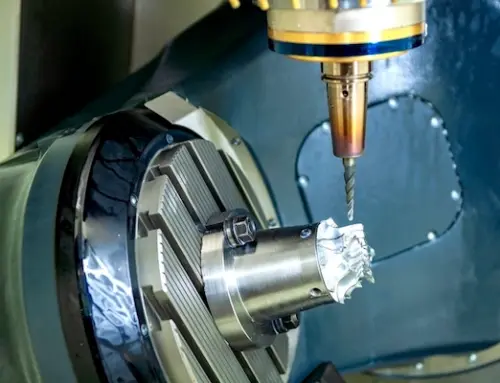
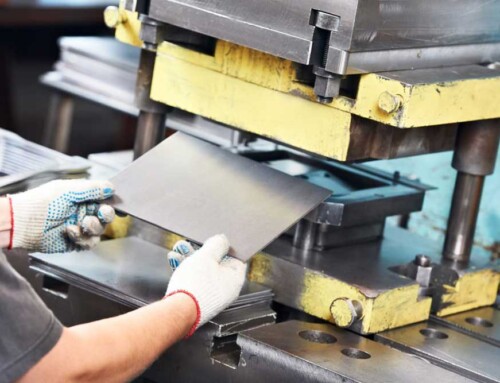
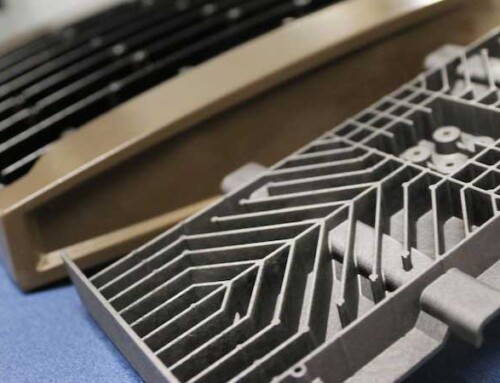
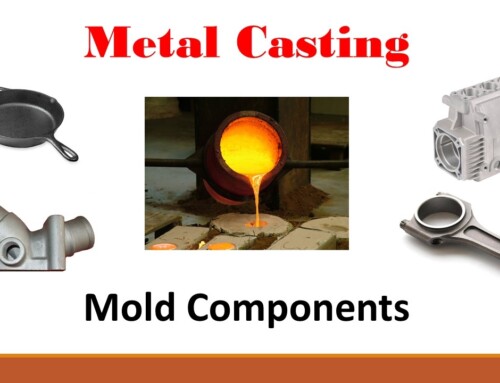
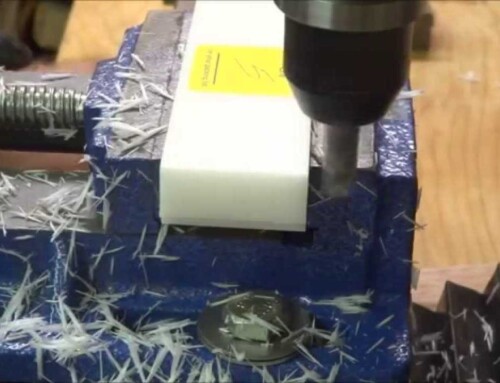
Leave A Comment